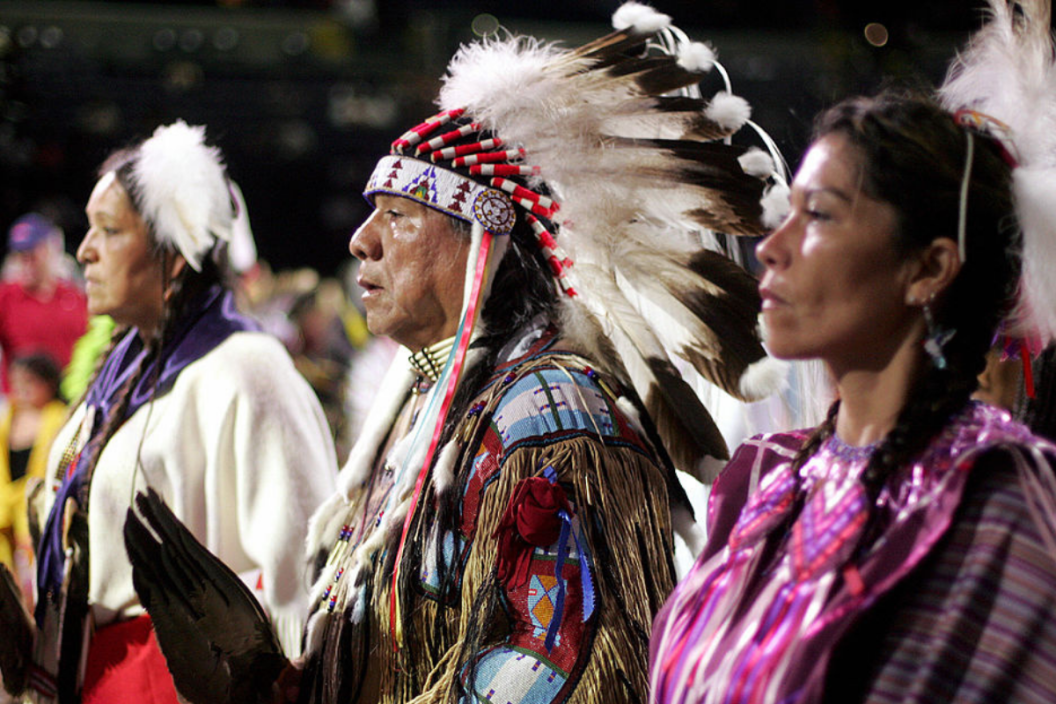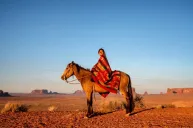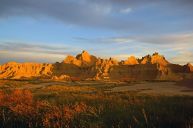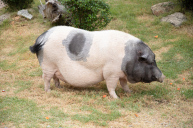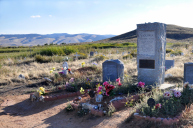The Ute People and Ute Indian Tribe were the first residents and caretakers of the Ute land, modern-day Colorado, Wyoming, Utah, Eastern Nevada, Northern New Mexico, and parts of Arizona. Ute Tribal history shows that the tribe lived in harmony with the vast range of ecosystems and landscape of the desert, Rocky Mountains, the Grand Mesa, and other geological features of the area.
The Ute Legacy

Southern Ute Archives
The Ute American Indian Legacy surrounds their incredible ability to work in harmony with the lands and elements, their mastery of the horse, their innate wisdom of tuning into the beauty of the world, and their resilience and fortitude when it came to murder, pillage, colonization, and forced removal.
Winter was the Ute's time for rejuvenation, spiritual events, and fire ceremonies. The Chiefs would tell the tribal members about significant events like the annual springtime Bear Dance. The Bear Dance is the Tribe's New Year when new life blooms and Mother Earth starts her yearly cycle of birth after the winter.
Language of the Ute Bands

From the Denver Public Library
RELATED: Tips and Tricks for Visiting Zion National Park
The Ute Tribe speaks the Shoshonean language, which is a dialect of the Uto-Aztecan language. It is said that the people who speak the language of the Shoshone separated from other Ute-Aztecan speaking groups (such as the Southern Paiute, Goshute, Shoshone Bannock, Comanche, Chemehuevi, as well as some tribes in modern-day California). As the band grew across the Great Basin, the Utes came in contact with the Southern Numic language, which branches off into many dialects and specific languages.
The Ute Mountain Ute Tribe
The Ute Mountain Ute Tribe is from the Weeminuche band of the Ute Nation of Native American Indians. At the same time, the Mouache and the Capote became the Southern Ute Indian Tribe. The homelands of the Weeminuche band reached north of the San Juan River in New Mexico and Utah to the San Miguel River in Colorado and the La Sal Mountains in Utah.
The Northern Ute Tribe comprises the Uncompahgre band, the Grand River band, the Yampa band, and the Uinta band. The Northern Ute Tribe is now located on the second-largest Indian reservation, the Uintah and Ouray Reservation in the Uintah Basin of Northeastern Utah, just a few hours from Salt Lake City.
Modern-Day Reservation Lands
By the mid 19th century, the eastern Ute bands were separated into three groups, the Uncompahgre, the White River, and the Weenuche (referred to as Weeminuche for historical-text purposes).
The Ute bands are one of three Ute Tribes recognized by the federal government that create the Ute Nation. After colonization and forced transport by the U.S. Government, Ute reservation lands and tribal lands now encompass 597,288 acres of trust land and 27,354 acres of fee land in southwestern Colorado, northwestern New Mexico, and small, isolated sections of Utah.
The modern-day Ute territory is home to approximately 2,200 tribal members who tend to these lands. The most considerable portion of the Ute reservation is in Montezuma County. Their borders include Mesa Verde National Park to the northeast, the Southern Ute Indian Tribe to the east, Navajo Nation to the south and west, and a fusion of BLM private and public lands to the north.
The Tribal Government and Headquarters
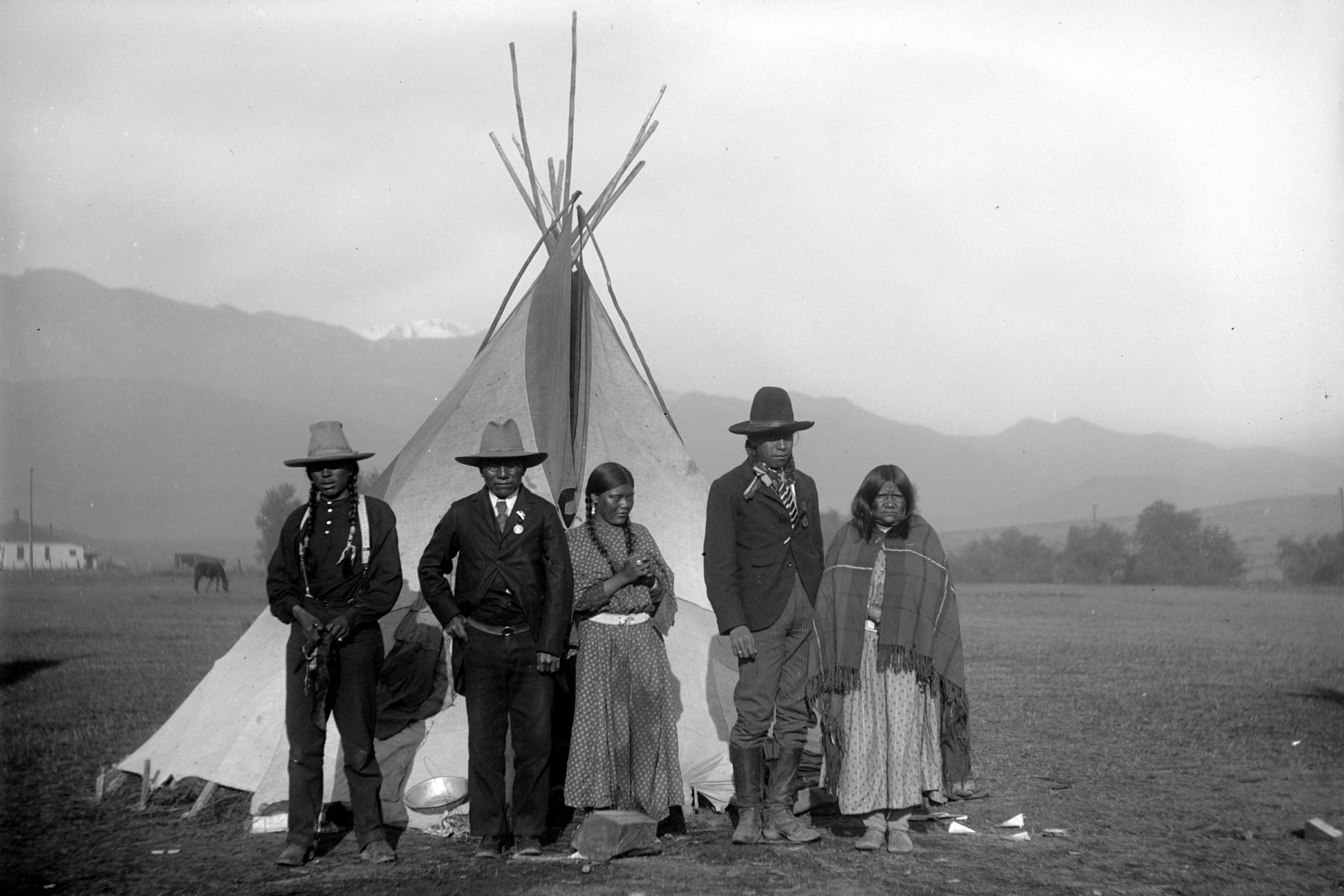
Ute Camp - Denver Public Library
The headquarters for the Tribal Government is in the town of Towaoc in southwestern Colorado at the base of the Sleeping Ute Mountain. The Yampa, Tabeguache, Grand, and Uintah bands of the Northern Ute Tribe are now located on the Uintah-Ouray Reservation Lands near Fort Duchesne in Utah. The four Chieftains of the Bands of Utes include four Ute Cheifs, Ouray, Buckskin Charley, Severo, and Ignacio. In Ignacio, Colorado, you can now visit a memorial monument created on September 24, 1939.
To run the Tribal Government, the Ute Mountain Ute Tribe supplements finances and the contracts between the Bureau of Indian Affairs, Department of Health and Human Services, and Indian Health Services. We gathered this information from the Southern Ute Indian Tribe History, the Denver Public Library, the Ute Mountain Tribe, and the Colorado Encyclopedia.
Are you a member of a Ute Tribe? Tell us your story on our Wide Open Roads Facebook!
